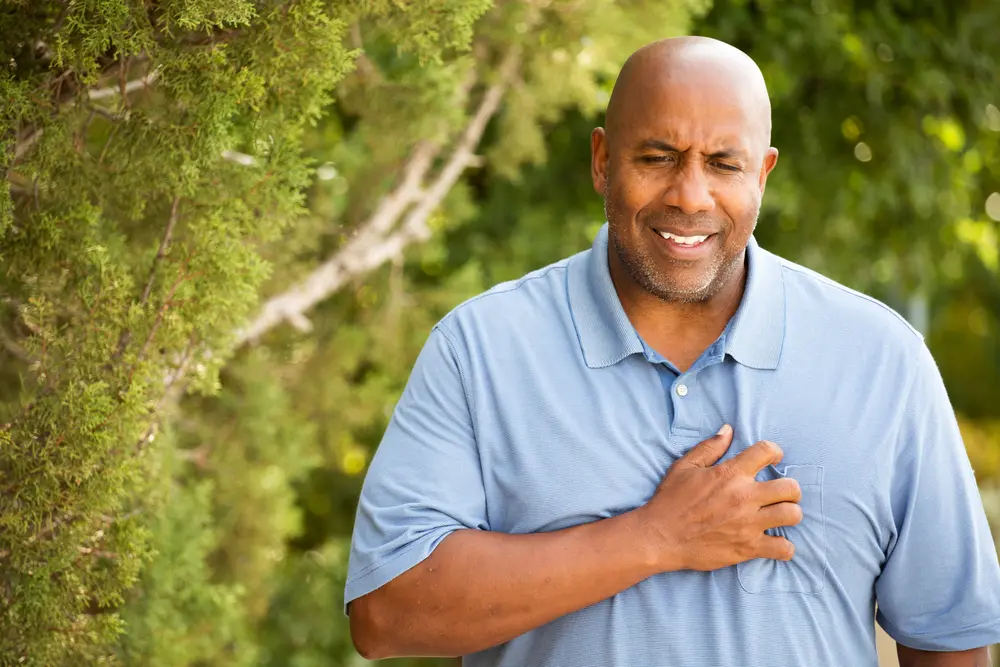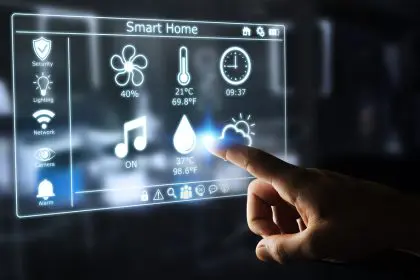Living in the wrong place might be worse for your ticker than that double cheeseburger you scarfed down last night. Turns out the walkability of your neighborhood isn’t just about convenience — it’s literally a matter of heart life and death.
Remember when your grandparents said they walked everywhere and that’s why they were so healthy? Well, they weren’t just being dramatic. The streets around your home could be setting you up for cardiovascular disaster or protecting your heart without you even realizing it.
The walkability revolution
Walking to the corner store might seem like no big deal, but it could actually be saving your life. People living in neighborhoods where they can stroll to grab milk or meet friends face a significantly lower risk of cardiovascular disease compared to car-dependent folks.
Think about it — when was the last time you walked anywhere meaningful? If your answer involves a parking lot and the distance to a building entrance, we need to talk.
The evidence is pretty mind-blowing. Analysis of over 3 million people showed those living in unwalkable areas had a 5% higher risk of developing heart disease. That might not sound massive until you realize we’re talking about your actual heart here.
The neighborhood effect goes deeper than you think Even more surprising? Moving from a car-centric neighborhood to a walkable one later in life doesn’t completely erase the damage. Those early sedentary habits stick with you, which is honestly terrifying if you grew up somewhere where driving was the only option.
What makes a neighborhood heart-friendly anyway?
Not all neighborhoods are created equal when it comes to your cardiovascular health. The difference between a heart-friendly hood and a cardiac disaster zone comes down to several factors.
Population density that works in your favor. Neighborhoods with the right amount of people create that sweet spot where services are close enough to walk to but not so crowded you want to hide inside forever.
Stores within actual walking distance. Having places to shop within a 10-15 minute walk means you’re getting accidental exercise while checking errands off your list. Your heart loves this sneaky movement.
Green spaces that invite you outside. Parks, trails, and green areas aren’t just pretty — they’re practically heart medicine. Having accessible nature spots nearby makes you more likely to get moving without even trying.
Sidewalks that don’t suddenly disappear. Ever been walking along and suddenly the sidewalk just… ends? Nothing says “go home and be sedentary” like infrastructure that gives up on pedestrians halfway through a journey.
Mixed-use planning that makes sense. When residential areas blend with commercial spaces, you naturally walk more. Living in a neighborhood with only houses means you’re definitely driving to do literally anything else.
Public transit that’s actually useful. Good public transportation forces even the laziest among us to walk to and from stops and stations. These mini-walks add up in a major way for your heart health.
Streets that connect rather than isolate. Neighborhoods with good street connectivity make walking the obvious choice. Cul-de-sacs and winding roads with no through paths practically force car dependency.
Your heart on walking — it’s complicated
The relationship between walking and your heart is like a passionate romance — intense and transformative. Even casual movement strengthens your heart muscle, improves circulation, and helps manage blood pressure and cholesterol.
But there’s more. Walkable neighborhoods typically have better air quality and less noise pollution. Your poor heart is getting attacked from all sides in car-heavy areas — both from your lack of movement and from the environmental factors.
The truth is you don’t need to become a marathon runner to see benefits. Those little bursts of activity — taking the dog out, carrying groceries from the car, or chasing your kid around the yard — all count toward heart health. Your heart doesn’t care if you’re wearing fancy workout clothes while moving.
The walkability gap
Here’s where things get frustrating. Less than 7% of Americans live in truly walkable urban areas. And guess what? Those neighborhoods are often prohibitively expensive or have other accessibility issues.
Even more troubling is that many historically marginalized communities face the worst of both worlds — less walkable neighborhoods AND higher rates of heart disease. It’s not just about having sidewalks, it’s about whether those sidewalks are safe, well-maintained, and actually lead somewhere useful.
Heart-saving hacks for the unwalkable neighborhood
So what if you’re stuck in suburban sprawl or a rural area where walking to destinations isn’t realistic? Your heart doesn’t have to suffer. Try these sneaky ways to get more movement:
Create fake walking destinations. Park at the far end of every parking lot. Always. No exceptions. Even in the rain. Your future heart will thank you.
Turn screen time into move time. Do squats during commercials. Lift small weights while binging shows. March in place during your favorite scenes. Make your Netflix addiction work for your health.
Transform waiting into walking. On hold with customer service? Pace around your house instead of sitting. The bonus is you can express your frustration through movement.
Meeting makeovers. Take calls while walking around your neighborhood or office. Nobody on Zoom can tell you’re moving if you’re just on audio.
Hourly movement alarms. Set your phone to remind you to move every hour. Even a minute of movement is better than nothing.
The key is starting small. Your body responds positively to even tiny amounts of activity. Alongside these movement hacks, traditional heart-healthy behaviors like eating well and quitting smoking still matter enormously.
Fighting for walkable futures
If you’re tired of living somewhere designed for cars instead of humans, consider becoming an advocate for change. Local governments respond to persistent citizens who show up to planning meetings and demand better infrastructure.
Start small by requesting improvements to sidewalks, street lighting, or crosswalks in your immediate area. Join or create neighborhood walking groups that demonstrate the demand for pedestrian-friendly spaces.
Community gardens, pocket parks, and neighborhood clean-ups not only improve your area’s walkability but create connections between neighbors. These social bonds actually contribute to heart health too.
The path to more walkable communities isn’t quick, but the heart benefits are worth fighting for. Every sidewalk, bike lane, and crosswalk represents potential lives saved from heart disease.
Your steps matter more than you think
The connection between where you live and your heart health isn’t just interesting trivia — it’s information that could save your life. While you might not be able to immediately relocate to a pedestrian paradise, understanding this relationship helps you make smarter choices about how and where you move.
Your heart responds to every step you take. The more regularly you move, even in small ways, the stronger and healthier your cardiovascular system becomes. Your neighborhood might present challenges, but your determination to overcome them could be the difference between heart disease and heart health.
So take that slightly longer route, park a bit farther away, and remember that your feet were made for walking — and your heart desperately wants you to use them.














